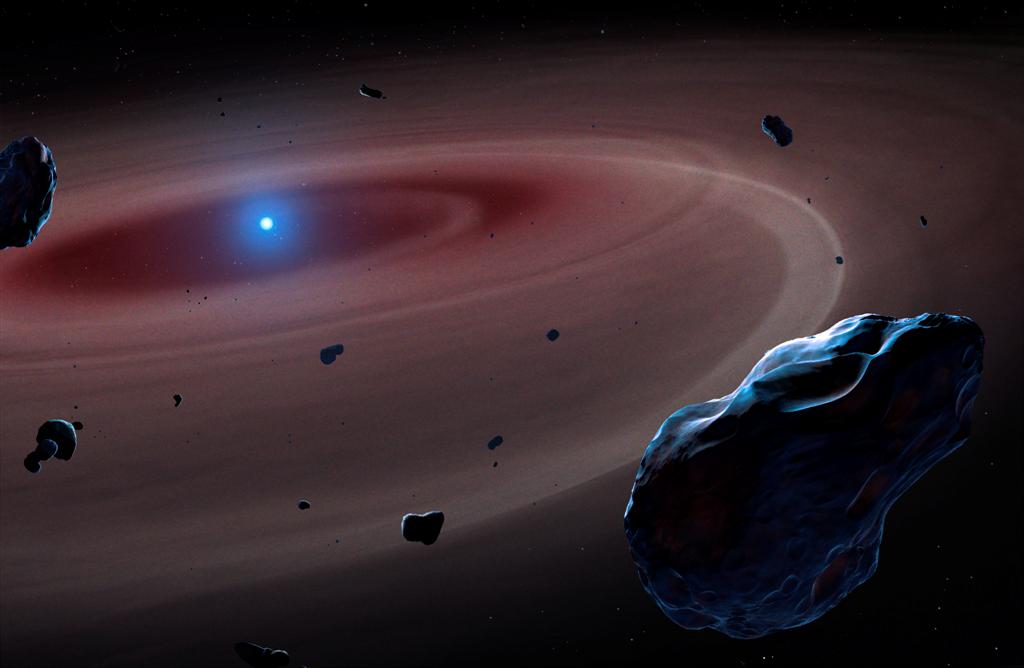
NASA Hubble Space Telescope Marks Discovery of New White Dwarf Planet with “Components of Life”
Scientists, with the help of NASA’s Hubble Space Telescope, have stumbled upon a new White Dwarf Planet, located nearly 200 light years from the Earth. Found in the constellation Bootes, the White Dwarf Planet’s atmosphere is rich in “Ingredients of Life.” The discovery of the new exoplanet is expected to hold clues to extraterrestrial life and Earth-like habitable planets.
The new Whit Dwarf Planet dubbed as “WD 1425+540”, is rich in materials that are the basics of life including carbon, nitrogen, oxygen and hydrogen, the major components of water. The discovery was led by Benjamin Zuckerman, Professor at the University of California, Los Angeles and his associates. The scientists took the help of NASA/ESA operated Hubble Space Telescope for accomplishing this finding.
The international team of astronomers while analyzing the data of NASA/ESA Hubble Space Telescope, found the white dwarf WD 1425+540, positioned at 170 light-years from Earth in the constellation Boötes (the Herdsman). By drawing upon Hubble Space Telescope, the W. M. Keck Observatory the team also found the atmosphere of white dwarf WD 1425+540 to be analog onto the climate of Kuiper-Belt-Object, which is well-off with large life-supportive components like C, N, O, Mg, Si, S, Ca, Fe, and Ni.
The study also highlighted that, for the first time, they had detected an exoplanet which holds nitrogen. White dwarf stars are impenetrable and exhausted leftovers of normal stars and are used to be less-friendly to life. But surprisingly, the newly discovered White Dwarf Planet is loaded with life-accommodating materials.
To recall, Hubble Space Telescope (HST) is the largest and most versatile satellite, which was launched into earth’s lower orbit in 1990. With a 2.4-meter (7.9 ft) mirror and four major onboard instruments, Hubble Satellite clicks extremely high-definition images of celestial objects. During one of its close flyby, the satellite was managed to photograph the presence of the White Dwarf Satellite, located 170 light-years away from Earth.
The study also shows that the Dwarf Planet WD 1425+540 has the same chemical composition to the famous Halley’s Comet, located in the Solar System. However, the new one is 100 000 times more huge and had twice the ratio of water in contrast to its local counterpart.
The study, co-led by California-based professor Benjamin Zuckerman represents the reliable evidence about the connection of the planetary system with the white dwarf stars that hold ingredients that are supportive to life formation. With major climatic components like carbon, nitrogen, oxygen and hydrogen, the WD 1425+540 someday can host life.


